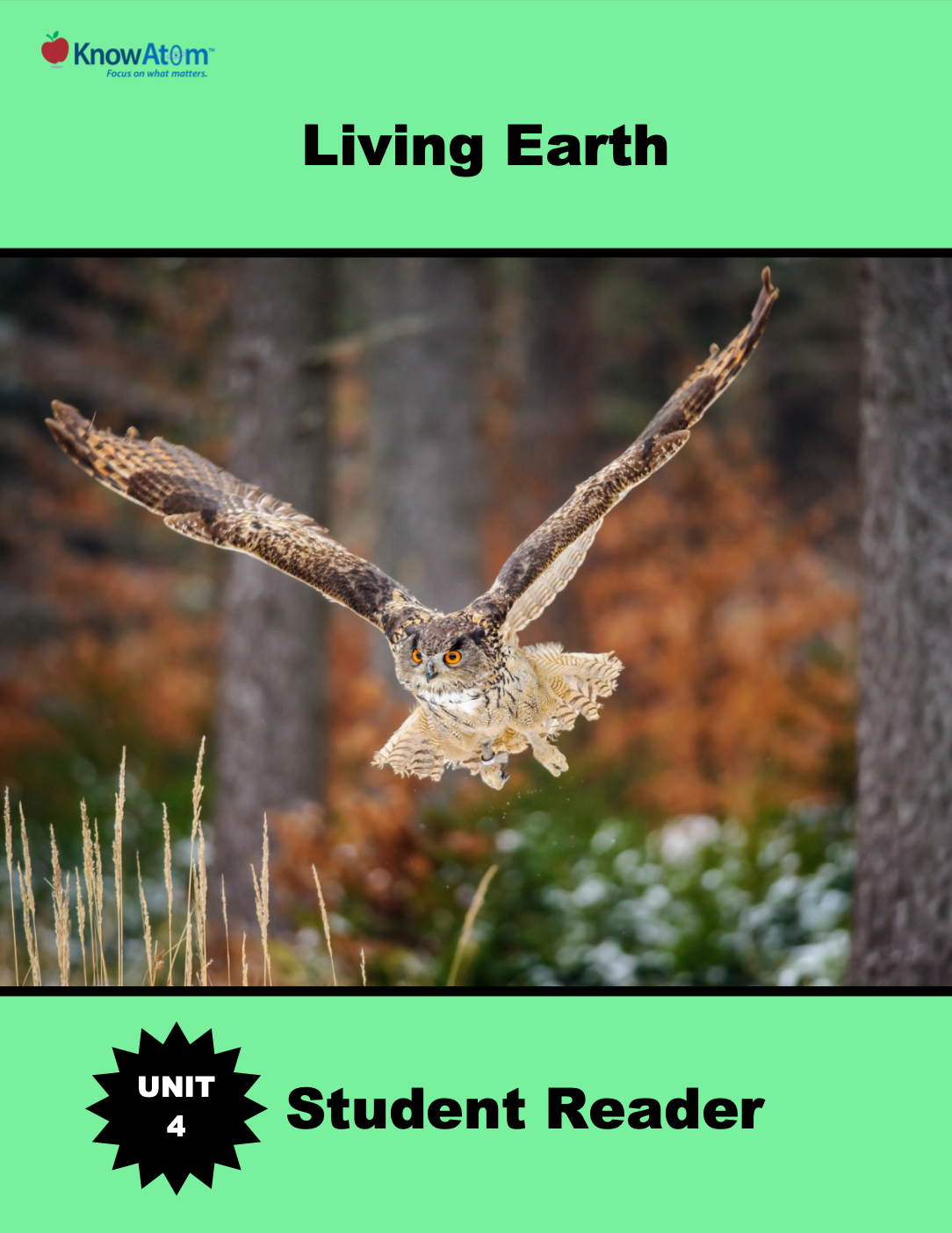
In the last unit, students explored patterns in land and water on Earth. They build on that knowledge in this unit with a focus on how living things are found in different habitats around the planet, and how living things depend on both living and nonliving components of their environment for survival.
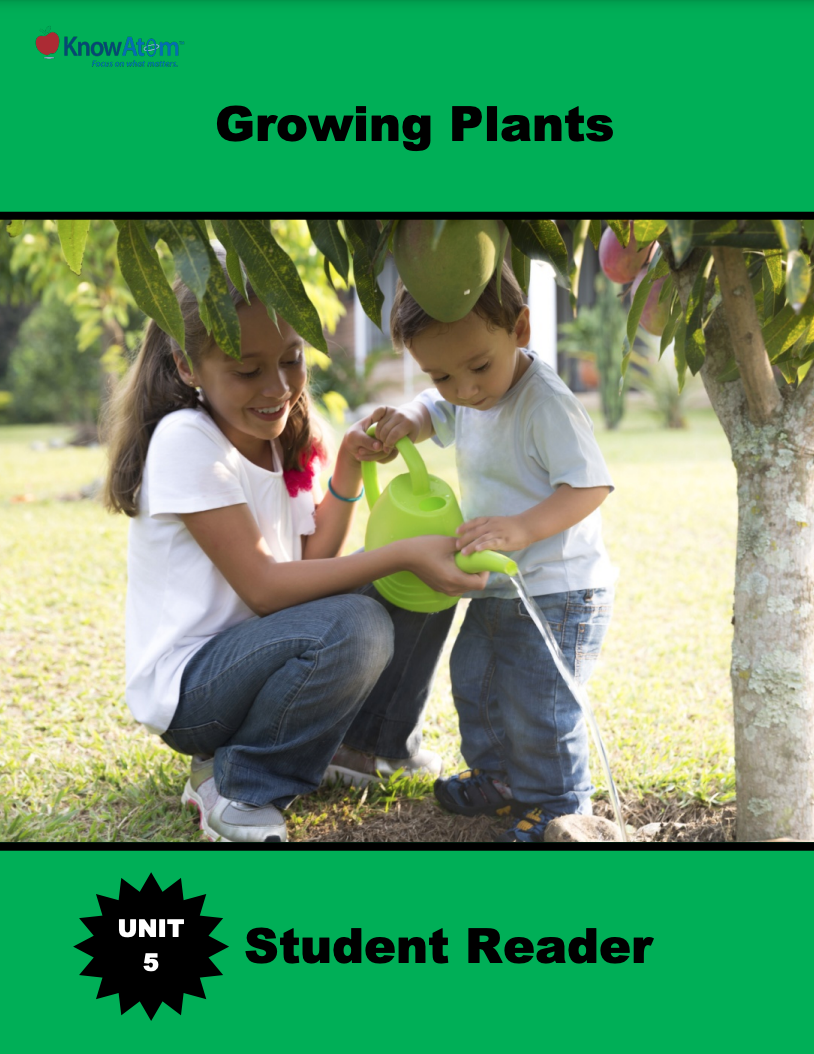
In the last unit, students explored how living things are found in different habitats around the planet and depend on both living and nonliving parts of their environment for survival. In this unit, students focus on plants. They begin with an experiment that investigates the science phenomena of how light and water help plants grow from a seed into an adult plant, and then focus on the function of flowers, which produce seeds.
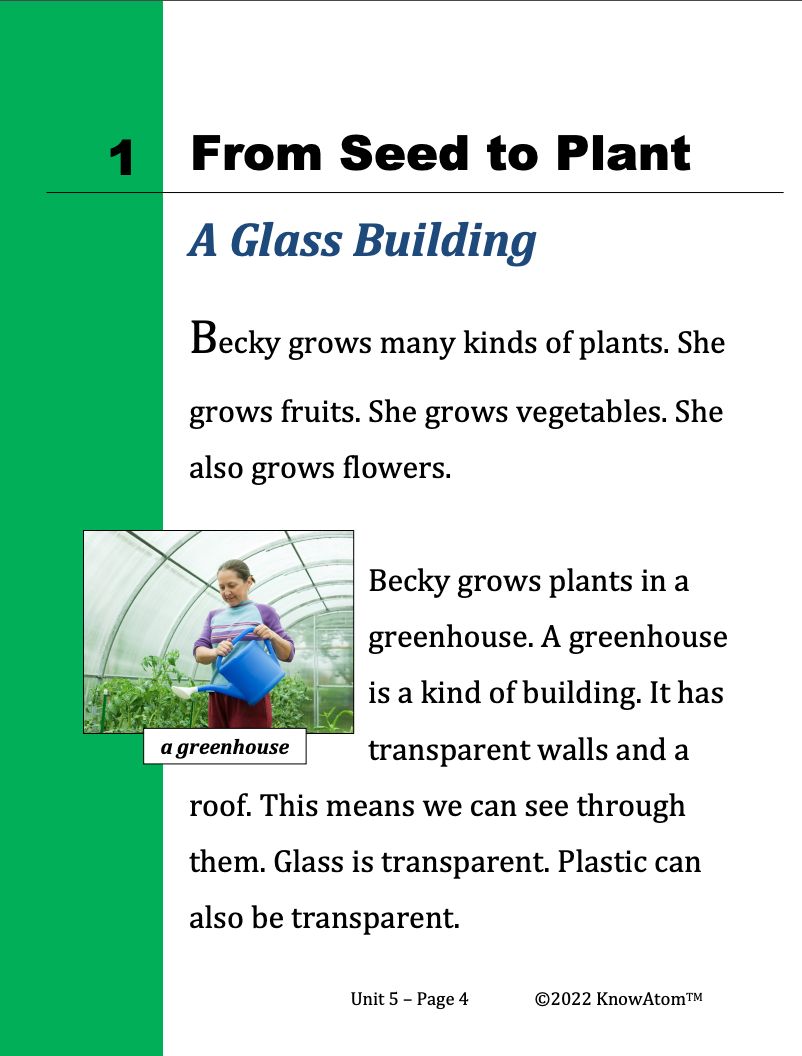
In this unit, students explore how plants have different parts that help them get what they need to survive from the environment. They begin with experiments that investigate the cause-and-effect relationship between water, light, and the ability of plants to grow. This page is a high-level extract of the second lesson in which students explore flowers.
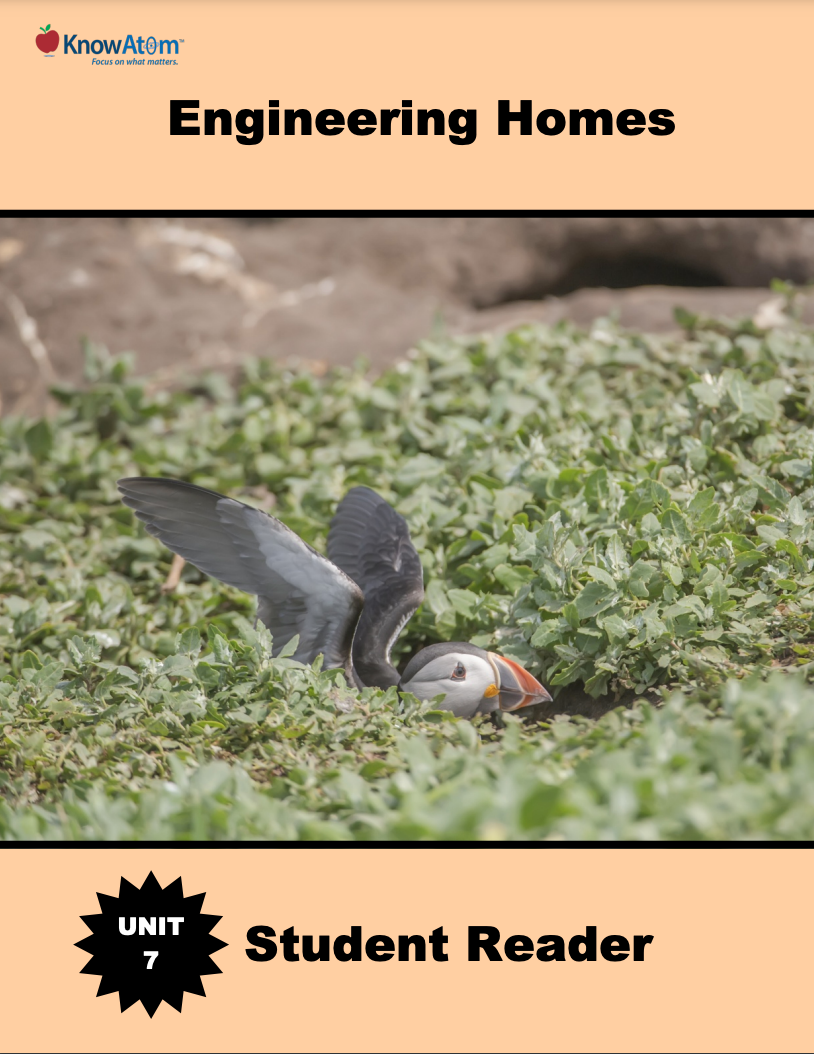
In the last unit, students observed butterflies moving through their life cycle, explored how butterflies are pollinators, and then designed a hand pollinator. In this unit, students explore the science phenomena of how shelters help animals survive in their environment and then design a prototype burrow-like structure to keep a burrowing owl cool in hot temperatures.

In the second unit of Kindergarten, students explore life on Earth. They begin by exploring what makes something a living thing, and then investigate what plants and animals need to survive. To begin their study of life science, students make observations and construct explanations about those observations to explore the characteristics that all living things have in common.
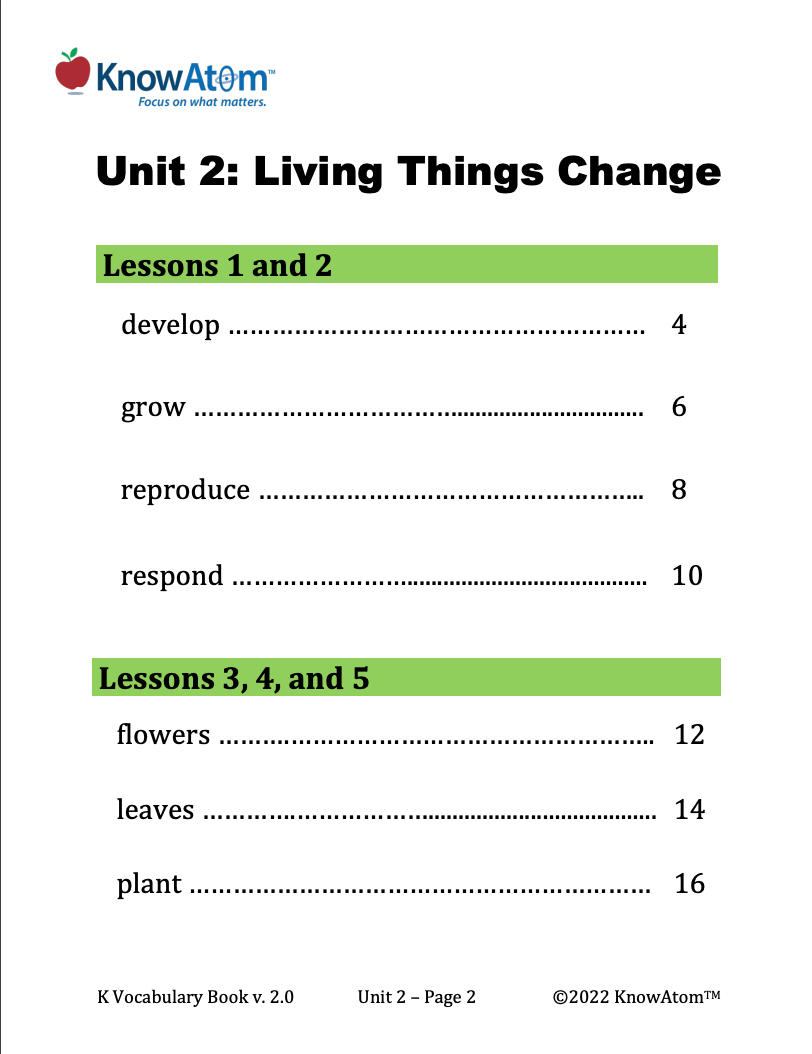
In Unit 2 of Kindergarten, students explore characteristics of living things and investigate what plants and animals need to survive. They will also discover plant and animal life cycles, and learn about habitats. This page is a high-level extract from lesson two, where students use patterns of shared characteristics to help them sort photos of different things into groups according to whether they are living, once-living, or nonliving.

In this Life Science unit, Kindergartners explore plants and what they need to live and grow. This page is a high-level extract of lesson four in which students make models of adult sunflower plants to explore how plants have different parts that help them get what they need to grow.

In the second unit of Kindergarten, students explore living things and discover what plants and animals need to survive. This page provides a snapshot of lesson five which has students conducting a class experiment with bean plants to observe what they need to live and grow.

In this unit, students are introduced to living things on Earth. They begin by exploring the differences between living and nonliving things and then investigate what plants and animals need to survive by watching bean plants grow and observing a cricket in its habitat. They then create a model to show how living things depend on other living things and their environment to survive, and can change their environment to help them get what they need.

In this unit, students are introduced to living things on Earth. They begin by exploring the differences between living and nonliving things and then investigate what plants and animals need to survive in their habitats. Now students take their understanding of animal habitats to then apply their understanding of the topic to consider how human shelter varies depending on where we live.
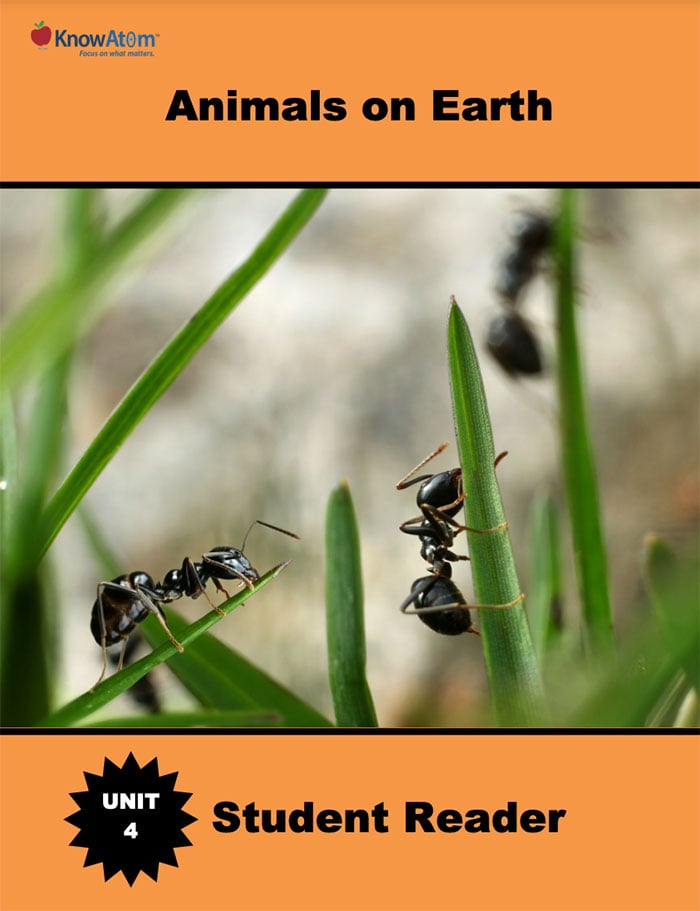
In this unit, students focus on animals, analyzing how animals’ body parts help them survive and grow. This page is a high-level extract of the first lesson of the unit in which students build insect models to investigate the science phenomena of an insect’s body parts’ structure and function. Students observe how ants use their body parts to get what they need to survive.
Standards citation: NGSS Lead States. 2013. Next Generation Science Standards: For States, By States. Washington, DC: The National Academies Press. Neither WestEd nor the lead states and partners that developed the Next Generation Science Standards were involved in the production of this product, and do not endorse it.